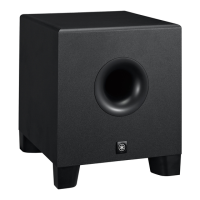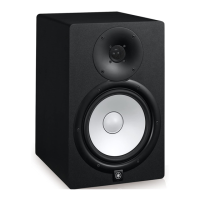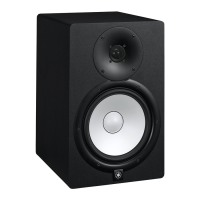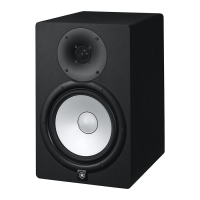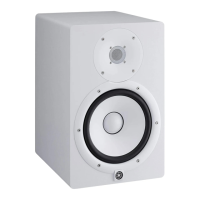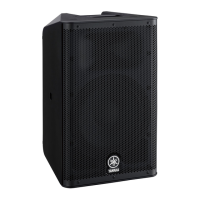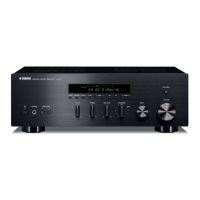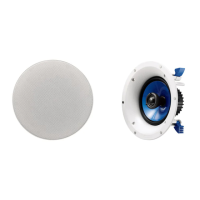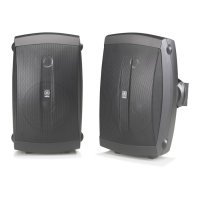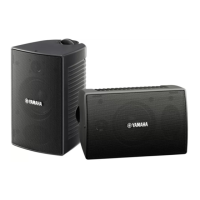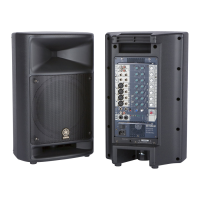What to do if my Yamaha HS8S have no sound?
- AAshlee CraneJul 26, 2025
If your Yamaha Speakers produce no sound, first ensure all cables are properly connected. Then, verify that the source equipment is functioning correctly and sending an audio signal. Adjust the output level on your source equipment or use the LEVEL control to increase the output. Also, remember that the XLR and phone jack input connectors cannot be used at the same time; use only one.
